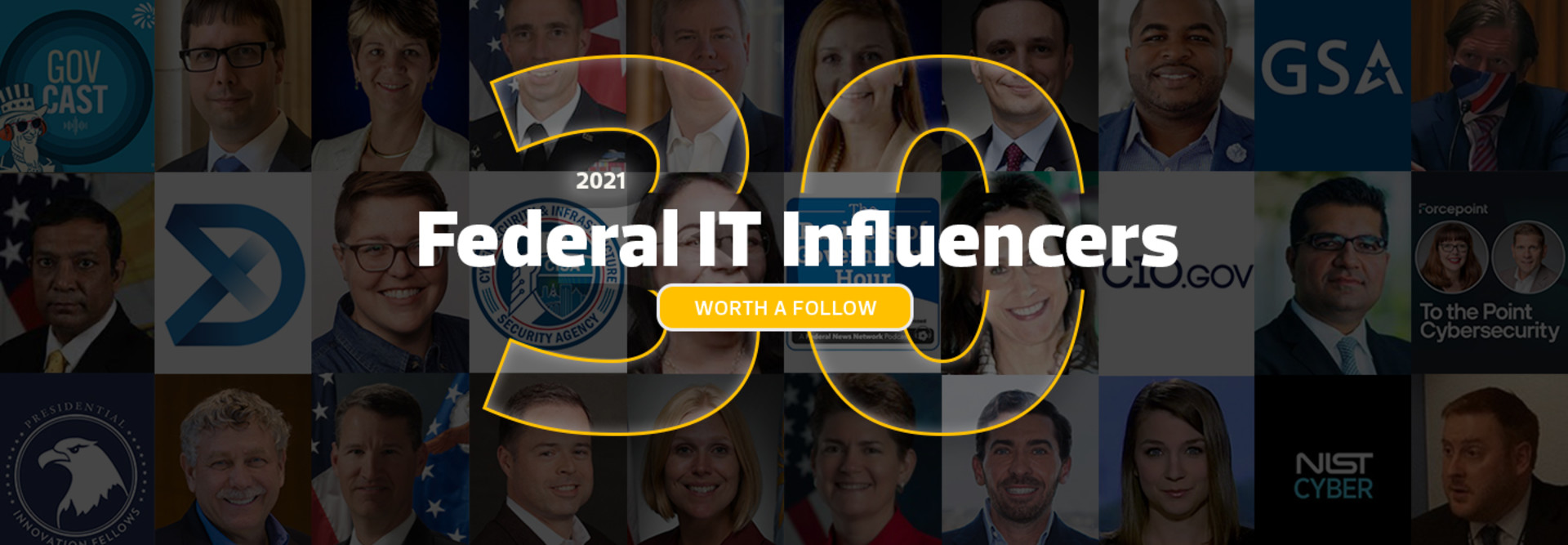30 Federal IT Influencers Worth a Follow in 2021
2021 has proved to be a heady year already for the federal IT community, with the fallout from the SolarWinds cyberattack and the Biden administration’s executive order on cybersecurity dominating a large chunk of the conversation.
Obviously, there is also a new administration in Washington, bringing with it a new set of priorities when it comes to IT modernization and security, as well as a new set of key players in the world of government technology. That includes a new federal CIO, Clare Martorana, as well as fresh faces on the Federal CIO Council and in the White House.
While cybersecurity is top of mind, so are the ongoing effects of the coronavirus pandemic, which has restructured the federal government’s approach to how agencies achieve their missions and how federal work gets done. Increasingly, agencies are being allowed to embrace hybrid work arrangements, much more so than before the pandemic.
With all of that as backdrop, we have revised our “influencer list” of bloggers, Twitter personalities, podcasts, LinkedIn professionals and those who use their social channels to influence the conversation.
We hope these 30 federal IT influencers, listed in alphabetical order by first name, will be your guiding stars for insights and opinions on the latest in government technology — and if you’re on the list, spread the news and grab our IT influencer cover image for your social media pages or websites.

With many government services going digital during the pandemic as physical offices closed, a larger spotlight has been put on the need for agencies to improve the customer experience and focus on human-centered design. A key player in those efforts has been Anne Petersen, the director of experience design at 18F, the General Services Administration’s digital services unit. Petersen’s Twitter feed is a wonderful resource for tips on HCD and creating better user experiences for citizens.

Now the assistant director of the Cloud Center of Excellence at the Securities and Exchange Commission, Bill Hunt leads the charge on the SEC’s modernization efforts for its applications and tools for regulatory oversight. His down to earth and frequently funny Twitter feed is chock-full of insightful commentary on cloud trends and government technology in general.
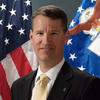
Bill Marion, who stepped down as the Air Force’s deputy CIO in 2020, now serves as the managing director of growth and strategy for Accenture Federal Services’ defense and intelligence practice. Marion offers no-nonsense commentary on Twitter about how to communicate about technology, the complex nature of Defense Department IT provisioning and acquisition, emerging technologies and more.

Chris Krebs, former director of the Cybersecurity and Infrastructure Security Agency, was famously fired via tweet by former President Donald Trump in the wake of the 2020 election, something Krebs points out in his Twitter bio. Since then, he has established the Krebs Stamos Group, a cybersecurity consultancy he leads with Alex Stamos, the former chief security officer at Facebook. Given the number of cyberattacks that have hit the government and private sector this year, Krebs’s sharp daily commentary on cyber issues is more vital than ever.

Hacks emanating from Russia. Hacks coming from China. Cyberattacks on pipelines, meat processors, federal agencies and more. This year has been dominated by high-profile cyberattacks, and the Cybersecurity and Infrastructure Security Agency has served an integral role in responding to those attacks and informing the public and government agencies about what they can do to enhance their IT security posture. Stay on top of CISA’s Twitter feed for the latest on cybersecurity to keep ahead of the curve.

The National Institute of Standards and Technology’s cybersecurity programs “seek to enable greater development and application of practical, innovative security technologies and methodologies that enhance the country’s ability to address current and future computer and information security challenges.” The agency’s cyber-specific Twitter feed is a font of information about zero-trust architectures and the ways in which federal cybersecurity is changing.

Daniel Morgan is the first chief data officer of the Transportation Department and serves as data strategist and adviser, with a focus on improving data quality and sharing and creating new data products for the agency. Morgan uses his Twitter feed to discuss topics such as data bias and nerd out about things like GIS Day.

Darryl Peek, the head of federal strategic partnerships at Google Cloud, uses Twitter to share insights on such topics as how cloud tools in the government are evolving and how emerging technologies such as artificial intelligence intersect with agencies’ use of cloud.

For insight into how Defense Department technologies are evolving, look no further than the Defense Innovation Unit, specifically the organization’s Twitter feed. DIU offers a window into how the DOD is using emerging technologies and aiming to change its acquisition process to be nimbler.

Eric Lander is a man who wears many hats: geneticist, molecular biologist, mathematician and, previously, the president and founding director of the Broad Institute of MIT and Harvard. Lander now serves as the director of the White House Office of Science and Technology Policy and is a leading voice on how since and technology can benefit the public good.

Want to be in the know on how agency CIOs are modernizing their IT? Need the details on governmentwide initiatives aimed at enhancing agencies’ cybersecurity? Look no further than the Federal CIO Council, the government’s official forum for improving IT practices across agencies.

Hosted by Amy Kluber, the managing editor and editorial director of GovernmentCIO Media, GovCast regularly highlights the innovative work being done to modernize government technology and includes in-depth interviews with key federal IT decision-makers and thought leaders.

GSA’s Office of Information Technology Category, especially through its Twitter feed, is a one-stop shop for federal agencies looking for resources on technology and telecommunications. ITC regularly hosts workshops and training on how IT leaders can improve their agencies’ use of cloud tools, IT acquisition and more.

Jenn Gustetic, director of early stage innovations and partnerships at NASA’s Space Technology Mission Directorate, provides regular updates and insight not only into how NASA is using technology to advance space exploration, but also how research and development in government technology can lead to commercialization of new products and services.

You won’t find Lauren Knausenberger, CIO of the Air Force, on Twitter, but she has an active presence on LinkedIn, where she regularly highlights the innovations the service branch is undertaking to modernize everything from software development to cloud technologies. She is also a frequent speaker at industry events and is one of the leading forces for change inside what can sometimes still be a stodgy DOD IT bureaucracy.
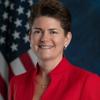
Maria Roat, who previously served as CIO of the Small Business Administration, became deputy federal CIO in 2020 and is a leading voice on how the government is evolving its use of technology. Roat speaks frequently at industry events and also uses her social media presence to highlight the work of her colleagues, especially women leaders in federal IT.

Mary Davie, a longtime fed who served for more than 30 years at the GSA, has since decamped to NASA where she is the deputy associate administrator for the space agency’s Mission Support Directorate. She is a prodigious user of Twitter and a frequent cheerleader for NASA’s missions, and continues to highlight thought leadership on federal IT trends in general.
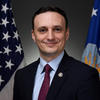
According to his official biography, Nicolas Chaillan, the Air Force’s first chief software officer, is responsible for “analyzing current software and cloud migration plans to avoid vendor lock-ins while allowing for rapid prototyping and a streamlined process for deployment.” In other words, he is in charge of making sure the Air Force is using the most modern software it can and bringing agile and DevOps thinking to the service branch. Chaillan frequently uses social media to reach out to colleagues in the DOD IT realm to help with this mission and to highlight important software developments, such as Kubernetes’s recent classification as “critical software” under the cybersecurity executive order.

Stanton is the recently installed commanding general of the Army’s Cyber Center of Excellence, which focuses on modernizing the service’s approach to cyberspace operations, signal/communication networks and information services, and electronic warfare. The Army Cyber CoE is definitely the place to turn to see where the service branch is heading next in terms of cybersecurity capabilities.

Peg Hosky is the cofounder of Hosky Communications, which owns and operates FedInsider, a major forum for federal IT events and webinars that have become vital opportunities for connection and education during the pandemic. Hosky is a go-to source of information in the world of government IT.
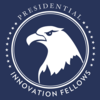
The Presidential Innovation Fellows program “unites our nation’s brightest technologists, designers, and strategists with federal agencies as yearlong entrepreneurs in residence.” On social media, the PIF program highlights the work of its fellows in areas as diverse as human-centered design, digital accessibility, Big Data and more.
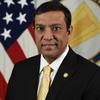
In November 2020, Iyer was named the first civilian CIO of the Army, charged with setting the strategic direction for the service’s information management and technology. Iyer posts frequently on LinkedIn and uses his presence there to highlight the Army’s efforts in IT innovation.

Renee Wynn, the former CIO of NASA, has set up shop as an IT consultant. She frequently uses LinkedIn to highlight trends and her thoughts on federal IT and remains a sought-after voice on government technology.

A senior executive partner for the federal government at research firm Gartner, Rick Holgate is one of the most knowledgeable industry analysts on government IT. He regularly posts on Twitter about federal IT trends, including the shift to hybrid work.

Shannon Vavra, a national security reporter at The Daily Beast and, formerly, CyberScoop, is one of the most well-sourced cybersecurity journalists in Washington. Stick close to her feeds for breaking news and insights about government IT security and cyber incidents.

Commissioner of the GSA’s Federal Acquisition Service Sonny Hashmi frequently uses LinkedIn to highlight developments in government technology initiatives, both within the GSA and at other agencies, including Login.gov, a pilot program with the U.S. Postal Service to enable federal employees and contractors to update their Personal Identity Verification cards and the future of work.

This podcast from the IBM Center for The Business of Government features a wide range of government IT leaders and focuses its discussions on management and how leaders are changing the way government does business. Recent guests include Jamie Holcombe, CIO of the U.S. Patent and Trademark Office; Ron Jarmin, acting director of the U.S. Census Bureau; and former Deputy Federal CIO Margie Graves.

Tim Harvey is the senior director of digital content and engagement at G2Xchange FedCiv, a data-driven market intelligence platform that provides timely information and analysis of the federal civilian IT market. Harvey keeps close track of personnel changes in federal IT and also offers insights on technology trends.

This podcast from data protection company Forcepoint gets “to the point” by keeping its episodes to about 20 minutes or less in length. It aims to be a weekly digest of what’s going on globally, attracting big names in government, the private sector and media to discuss cybersecurity issues. Recent episodes have focused on cyber resiliency, with Executive Assistant Director Eric Goldstein of CISA; cybersecurity defense, with former Federal CISO Greg Touhill; and the evolution of cybersecurity, with New York Times journalist Nicole Perlroth.

William “Bill” Eggers serves as executive director of Deloitte’s Center for Government Insights, where he is responsible for the firm’s public sector thought leadership. He is a reliable presence on Twitter for insight and analysis on everything from AI to the defense industrial base.



